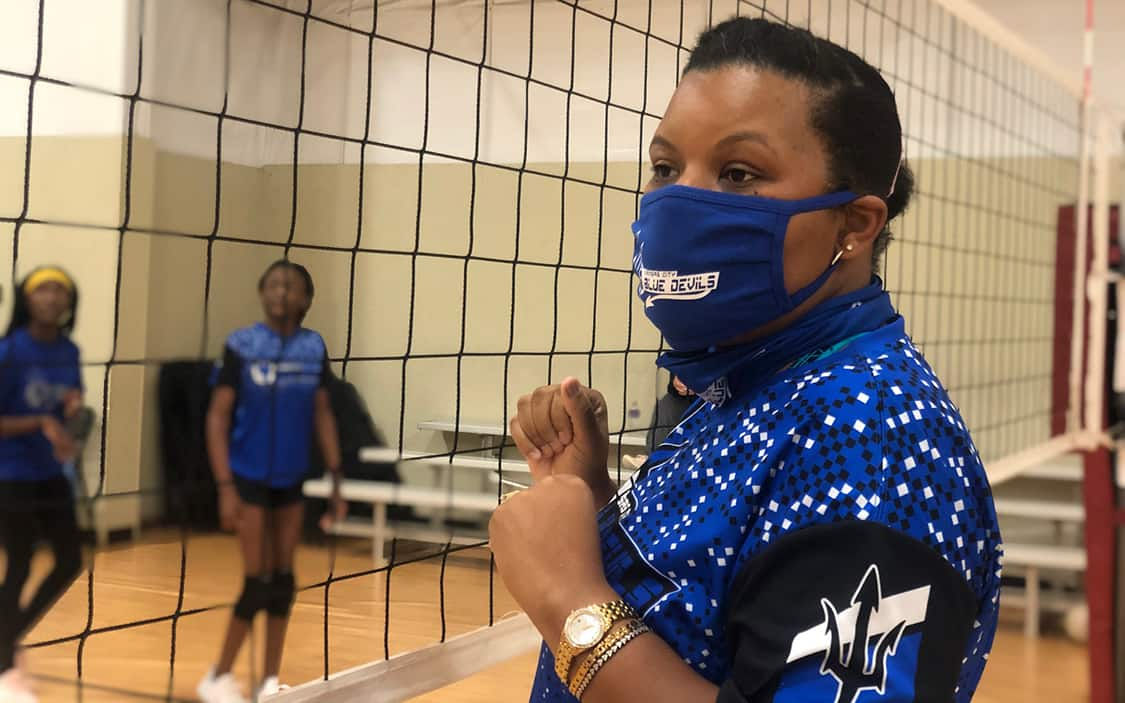
How Low Cost Clubs Operate
Three clubs out of Kansas City operate with most of their fees under $1,000, sometimes well under. Here's how clubs can lower costs while still providing an excellent athlete experience.
Resources for
Follow USAVolleyball
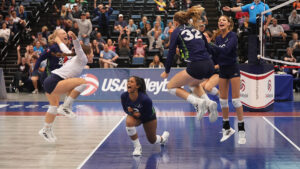 USA Volleyball Education is focused on improving developmental and educational opportunities across the sport of volleyball from grassroots to the national team level. Our goal is to provide the opportunity to access, complete and apply high-quality information and methods in the technical, tactical, physical and emotional aspects of the game for athletes and coaches while providing training, support and resources for other key stakeholders including officials, parents and clubs.
USA Volleyball Education is focused on improving developmental and educational opportunities across the sport of volleyball from grassroots to the national team level. Our goal is to provide the opportunity to access, complete and apply high-quality information and methods in the technical, tactical, physical and emotional aspects of the game for athletes and coaches while providing training, support and resources for other key stakeholders including officials, parents and clubs.
For years, the focus of volleyball in many areas and across various levels shifted to a mindset of winning at all costs.
What we now know is that the most successful teams in the world have developed a model of training and a culture that supports a holistic approach to athlete development which not only sets them up for competitive success on the court, but values and emphasizes the important of athlete health, well-being and long-term involvement in the sport.
The USA Volleyball Development Model was created based on the idea that volleyball in the U.S. could be taught differently, resulting in long-lasting positive outcomes across all measures of performance while keeping kids involved and loving the game longer.
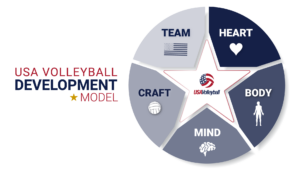
The five pillars of the USA Volleyball Development model provide the basis for a holistic approach to the core elements that are vital to supporting development at every level and across age groups.
USA Volleyball Education is committed to providing support for the volleyball community with a role-based approach to education and training. Whether you’re planning practices, cheering from the stands or making the right call, we provide the tools and resources to help you succeed.
USA Volleyball partner Sports Imports has provided USA Volleyball coaches with drills for use with their Trainer+ and The Vertec.
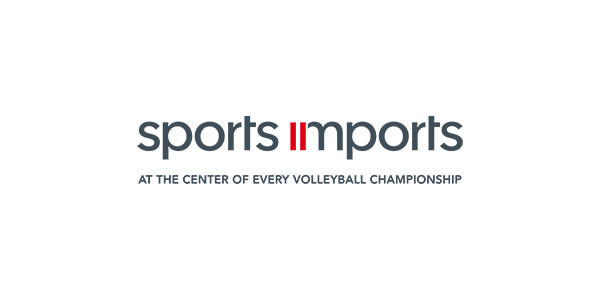

Three clubs out of Kansas City operate with most of their fees under $1,000, sometimes well under. Here's how clubs can lower costs while still providing an excellent athlete experience.
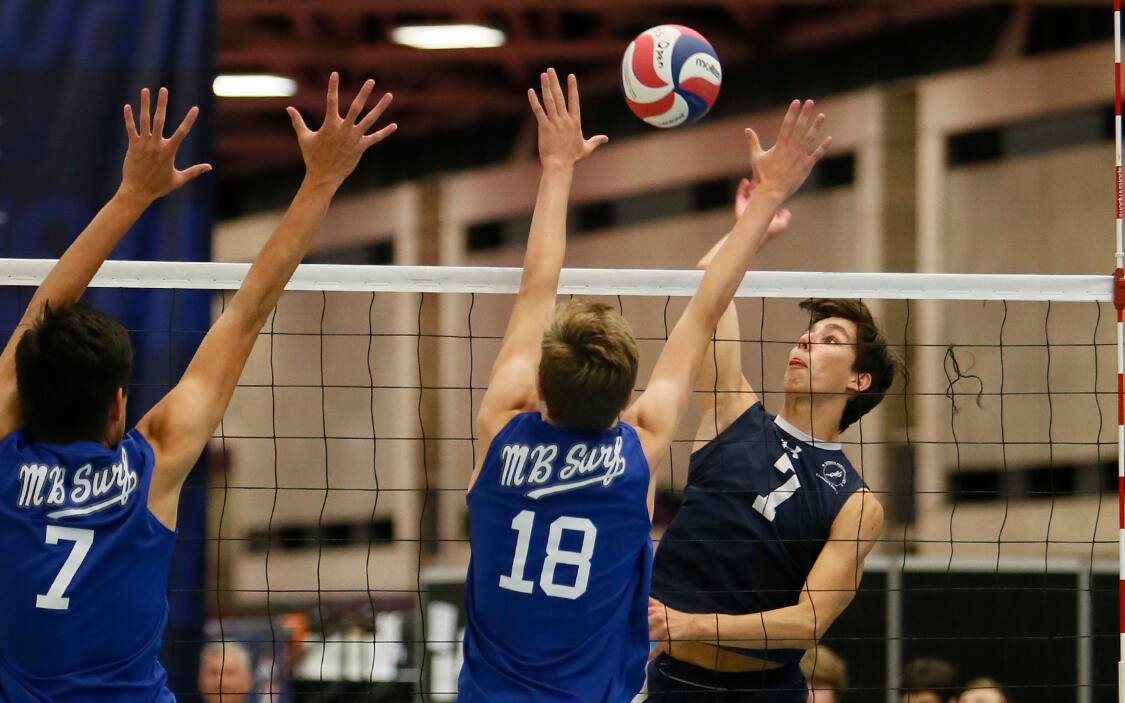
Ever been tasked with photographing a volleyball match and not really know where to start? Here's some basic tips to help you get great action shots from your next game.
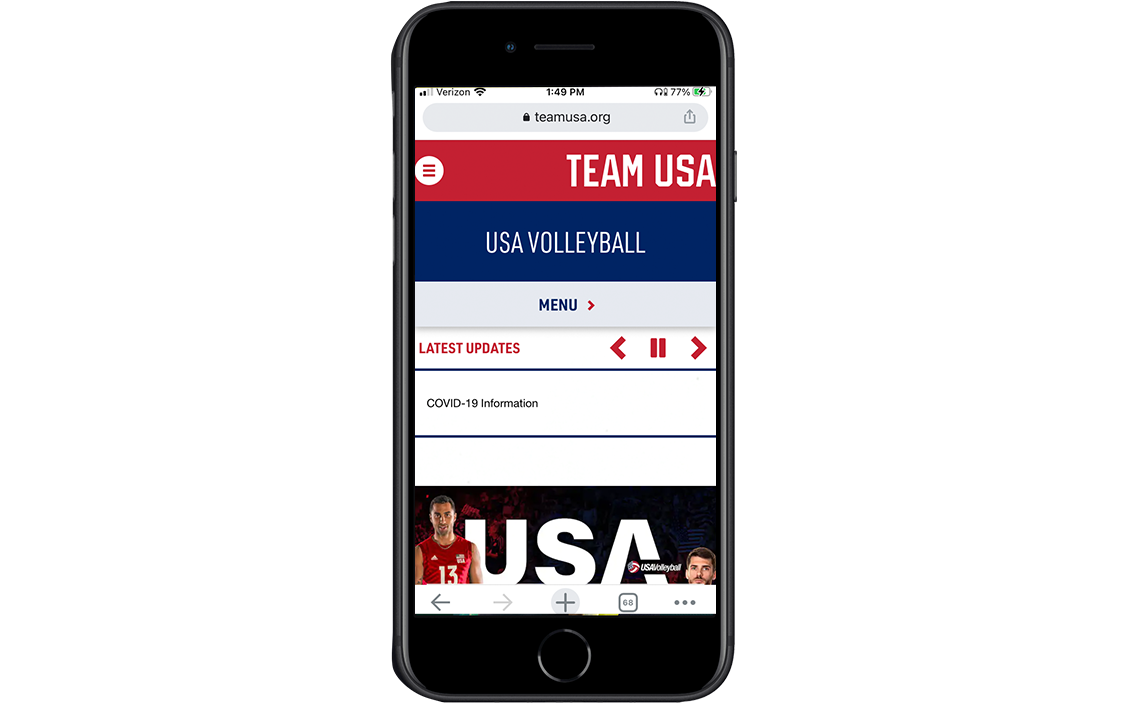
Websites remain instrumental to a club's marketing strategy. Here are six ways you can make your website work for both you and your members.
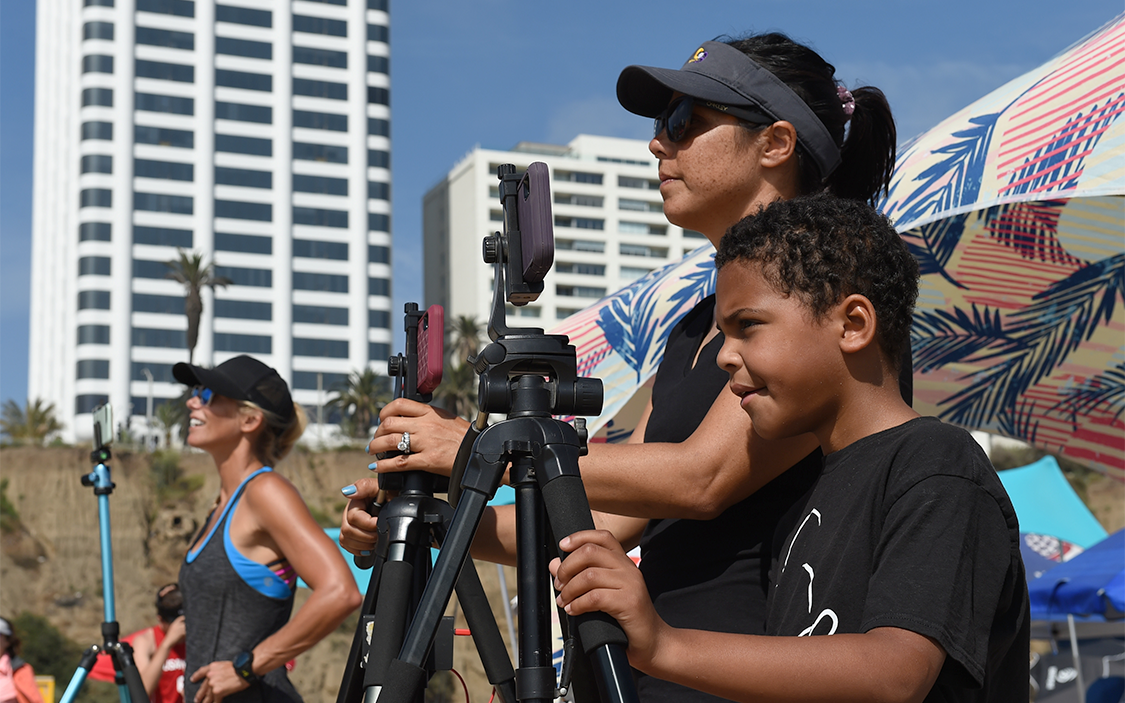
Strong photographs are crucial and versatile in promoting your club. In the first of this two-part series, you'll learn what makes photos great and ways to acquire these valuable marketing materials.
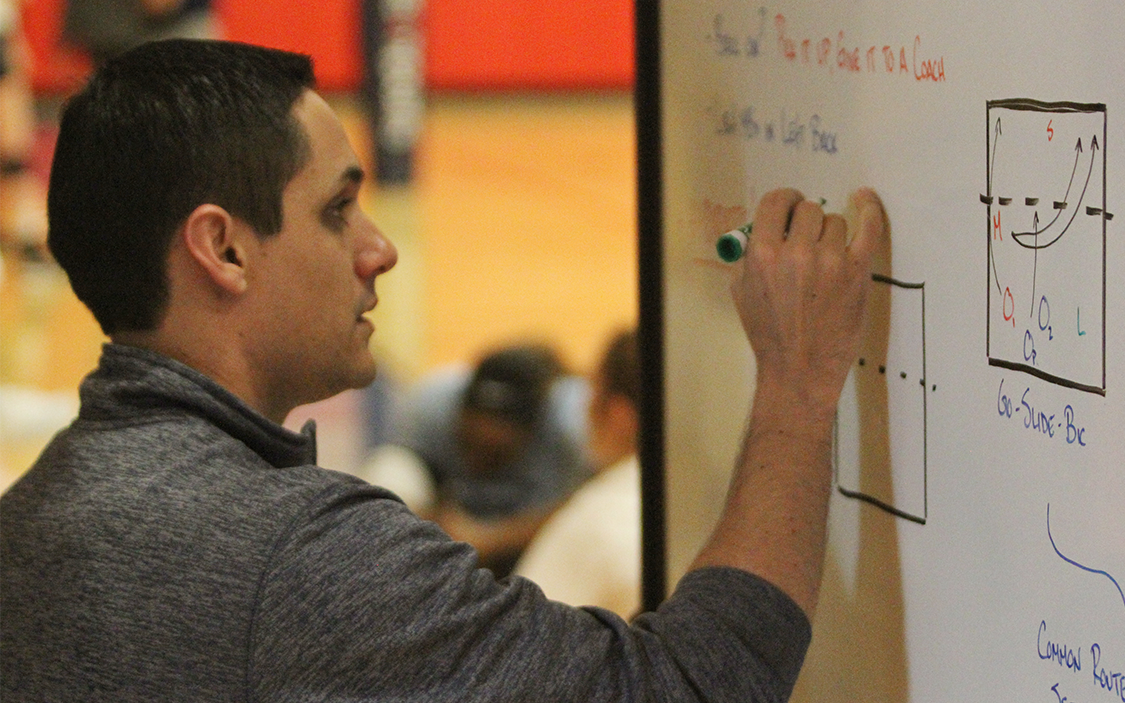
SportsEngine allows you to easily share schedules, team information and invoices with your club's coaches and parents.
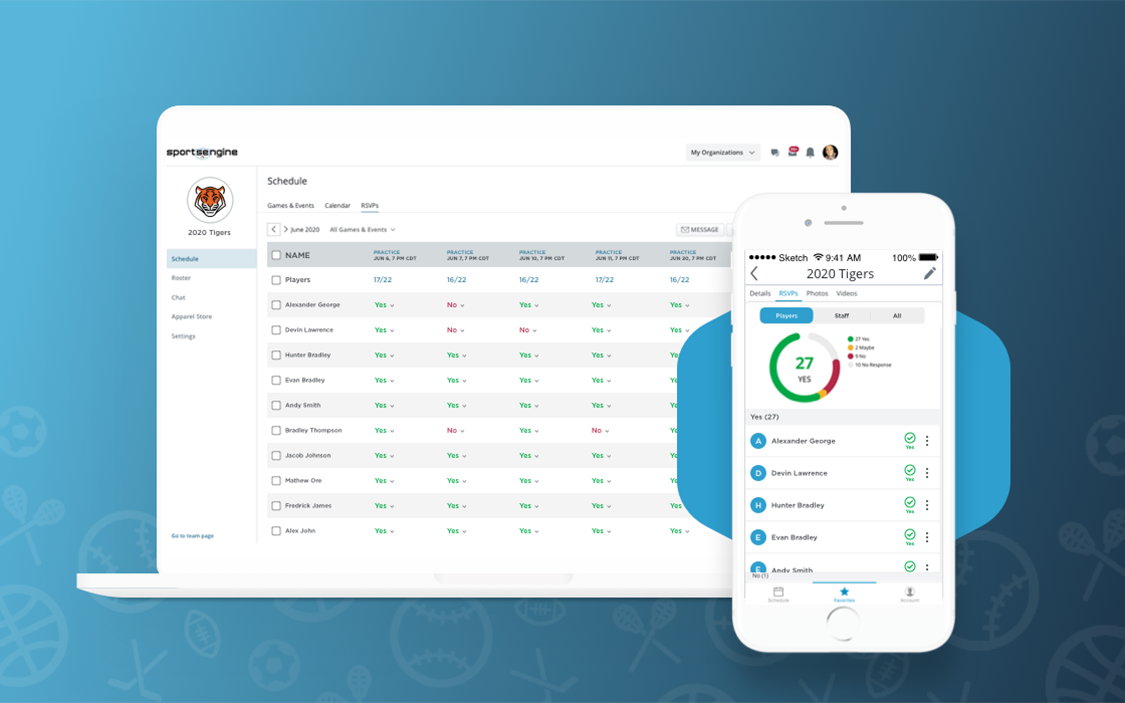
Here are five ways that SportsEngine HQ can help your club during COVID-19.
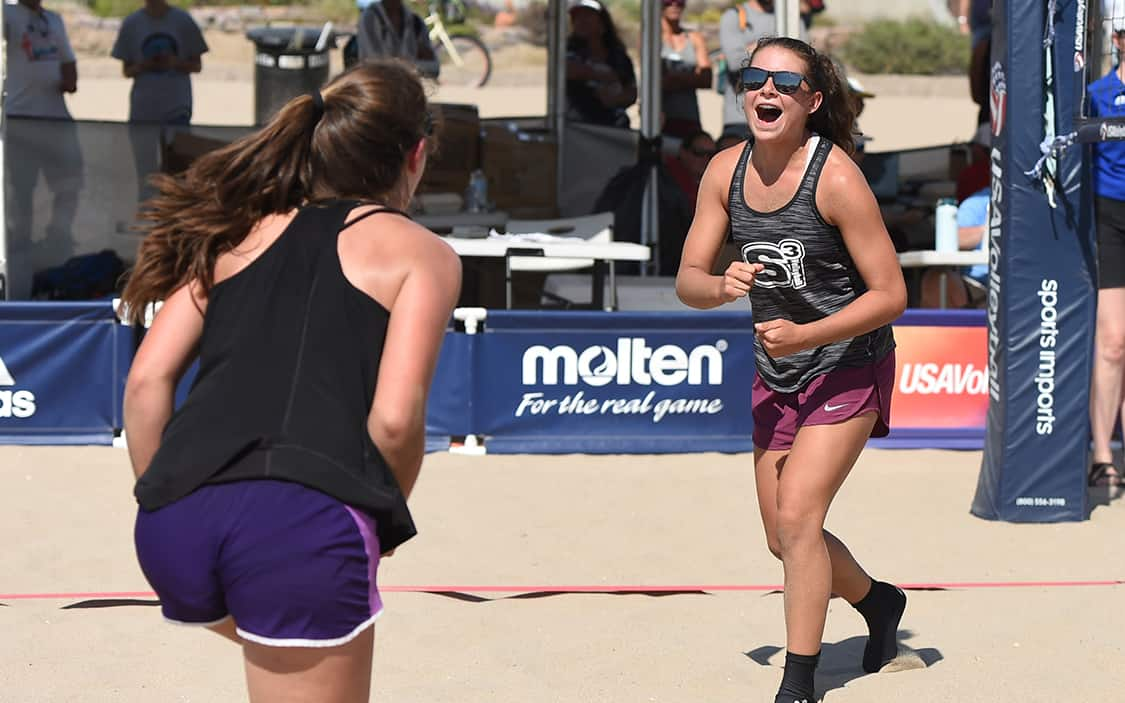
Want to know how to become a beach national champion? There are three ways.
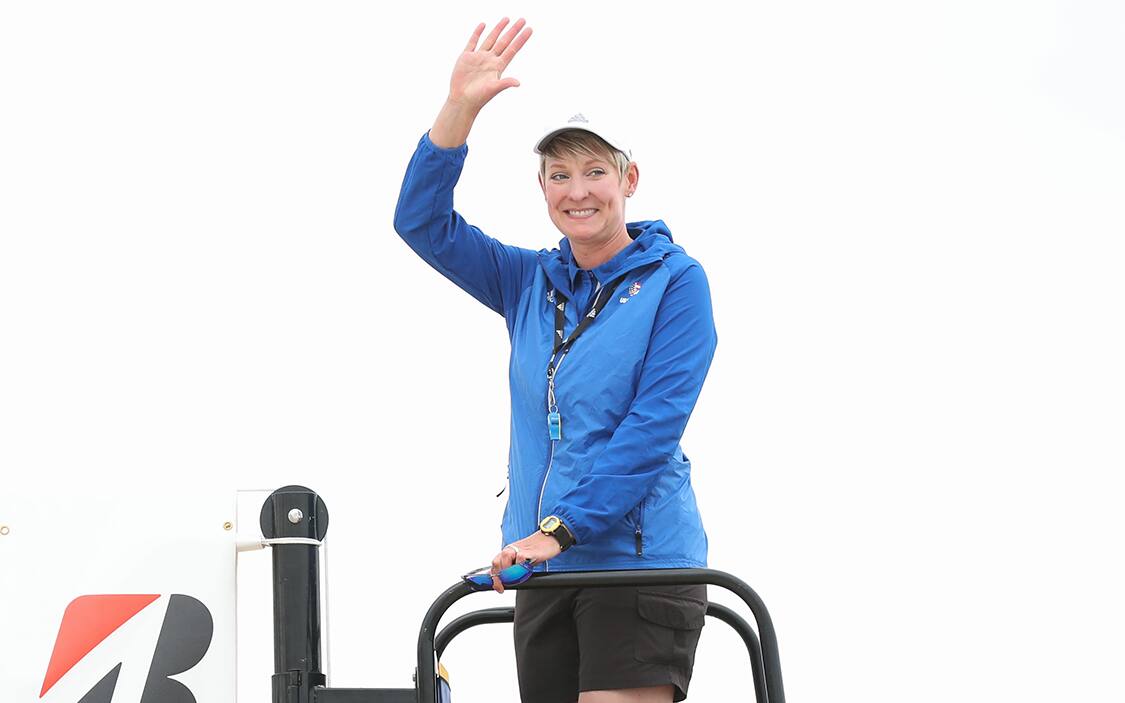
Should coaches and referees be classified as ICs or employees? It depends on your state and your situation.

Two-time Olympic Medalist Courtney Thompson shows us how to improve our mindsets and become more resilient.
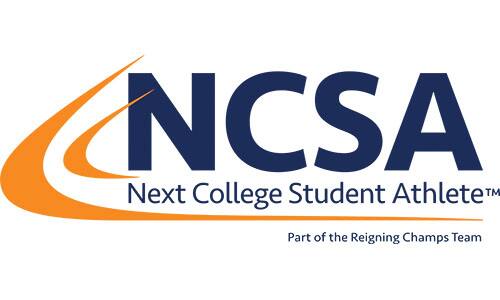
USA Volleyball corporate partner Next College Student Athlete updates athletes on how COVID-19 has affected recruiting.

Tax tips for your club from the USAV Finance Department
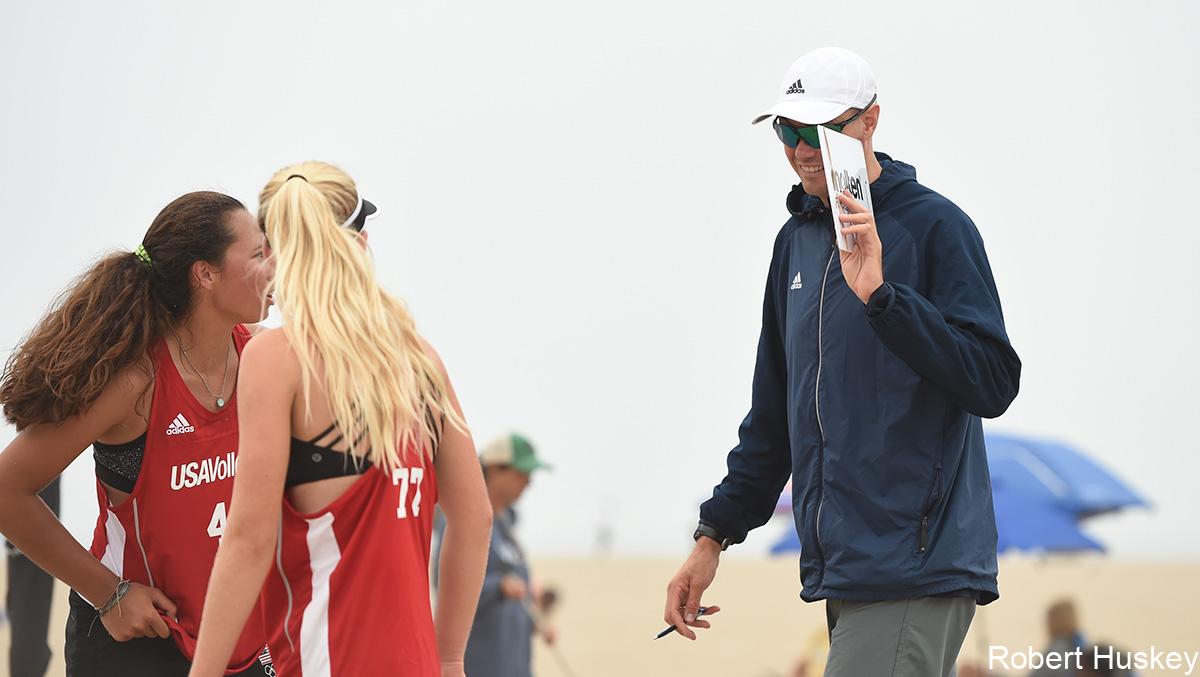
This article is designed to offer volleyball coaches, sports educators and sports camp coordinators the resources to operate a successful single-day beach volleyball clinic for all ages, kids and adults.
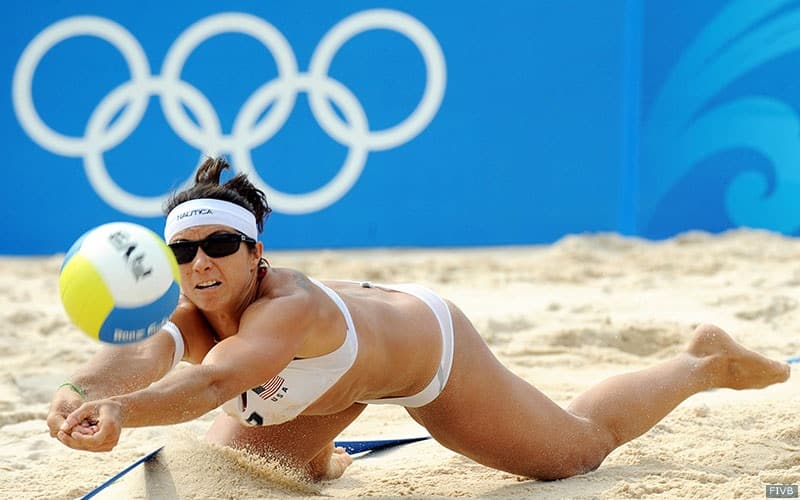
USA Volleyball Hall of Famers tell why volleyball is special to them
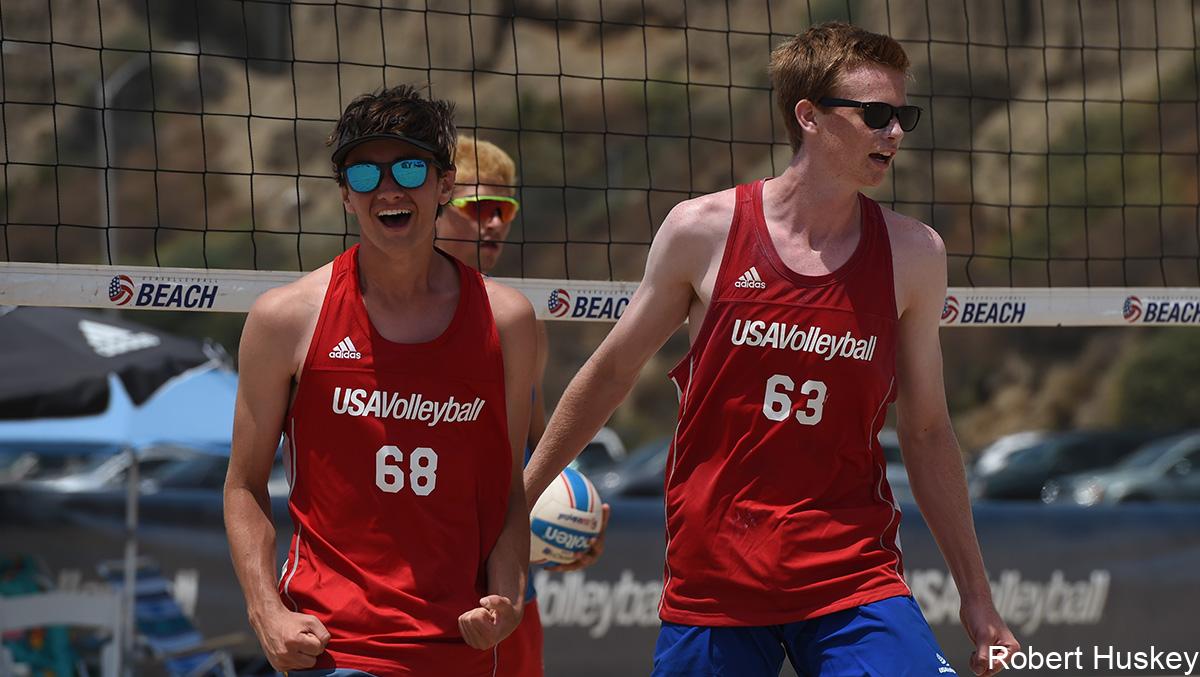
Every coach asks for new drills to make their kids better, searching the web, attending clinics and by reading drill books. After decades of coaching, creating and collecting, here is a list of the top 166 drills.
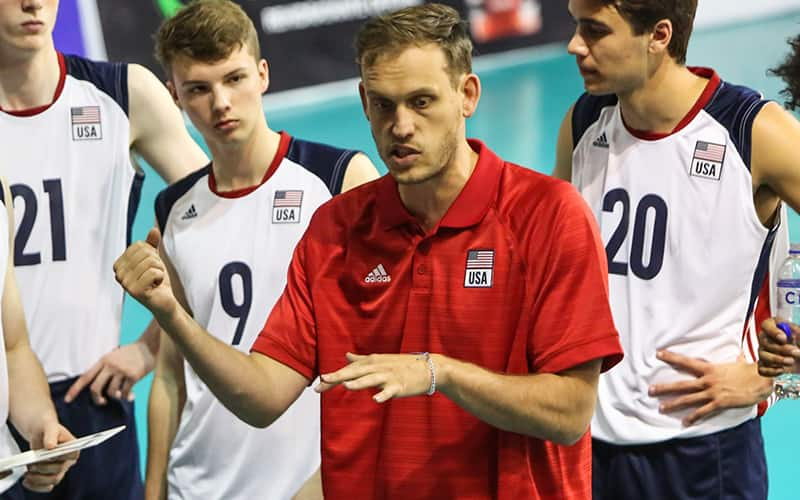
USAV Director of Human Resources Bernie MacLean has tools to help club directors assist their employees.

While individual athletes might know how to persevere while pursuing their goals, it can be tough for a coach to bring those lessons to a whole team.
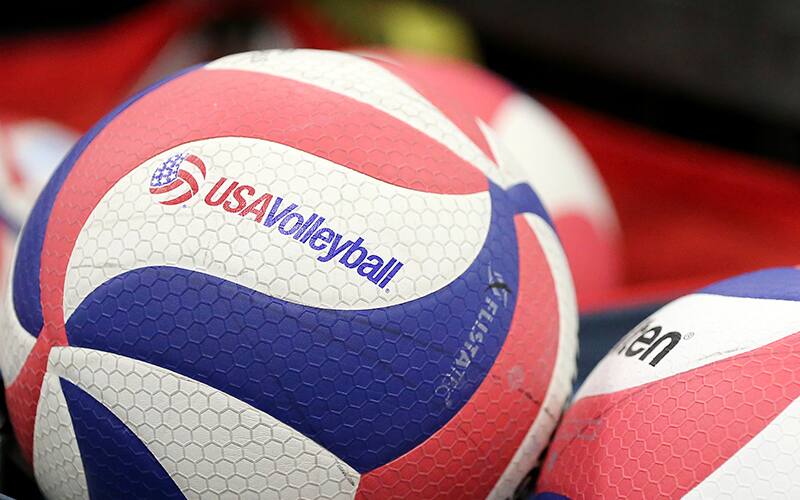
SafeSport training can give your athlete valuable, real-world training to help them be more “aware,” both on and off the court. Moreover, there are requirements in place for 18-year-old athletes to take SafeSport training.
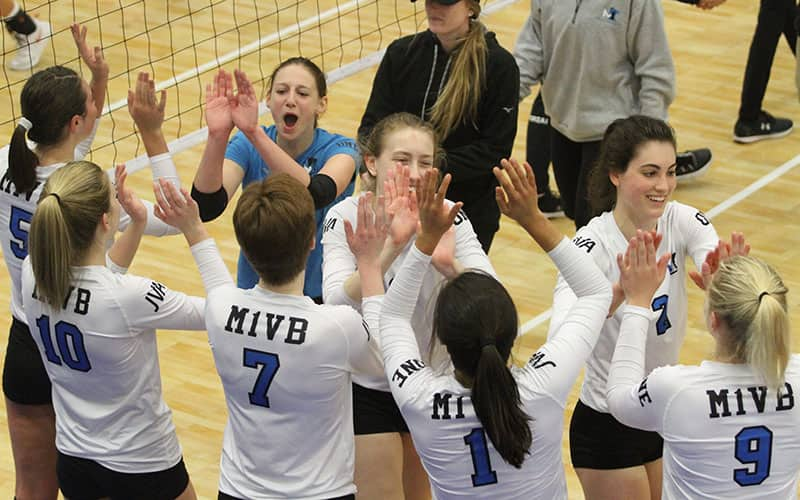
Far too much of athletes' time is spent not working and doing, but standing in line or listening to a coach talk.
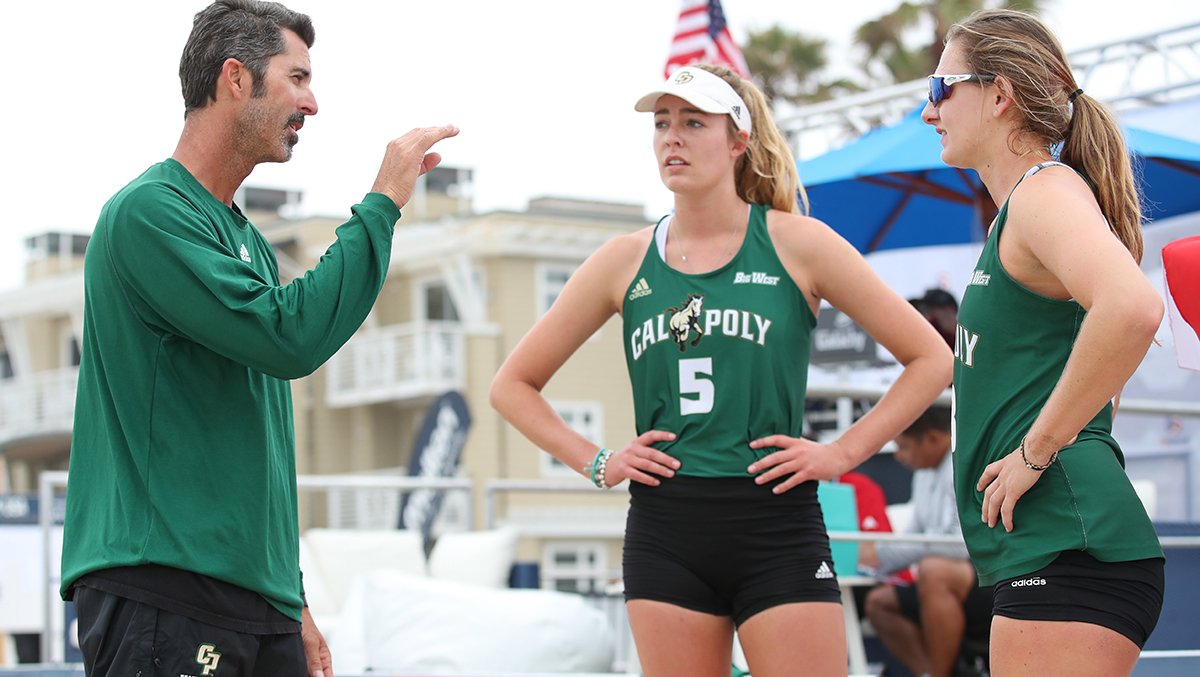
A decade’s worth of ideas that will help any and all programs in new ways to help the game thrive. It is important to keep in mind the number one principle in this. This is a team game, for the kids.